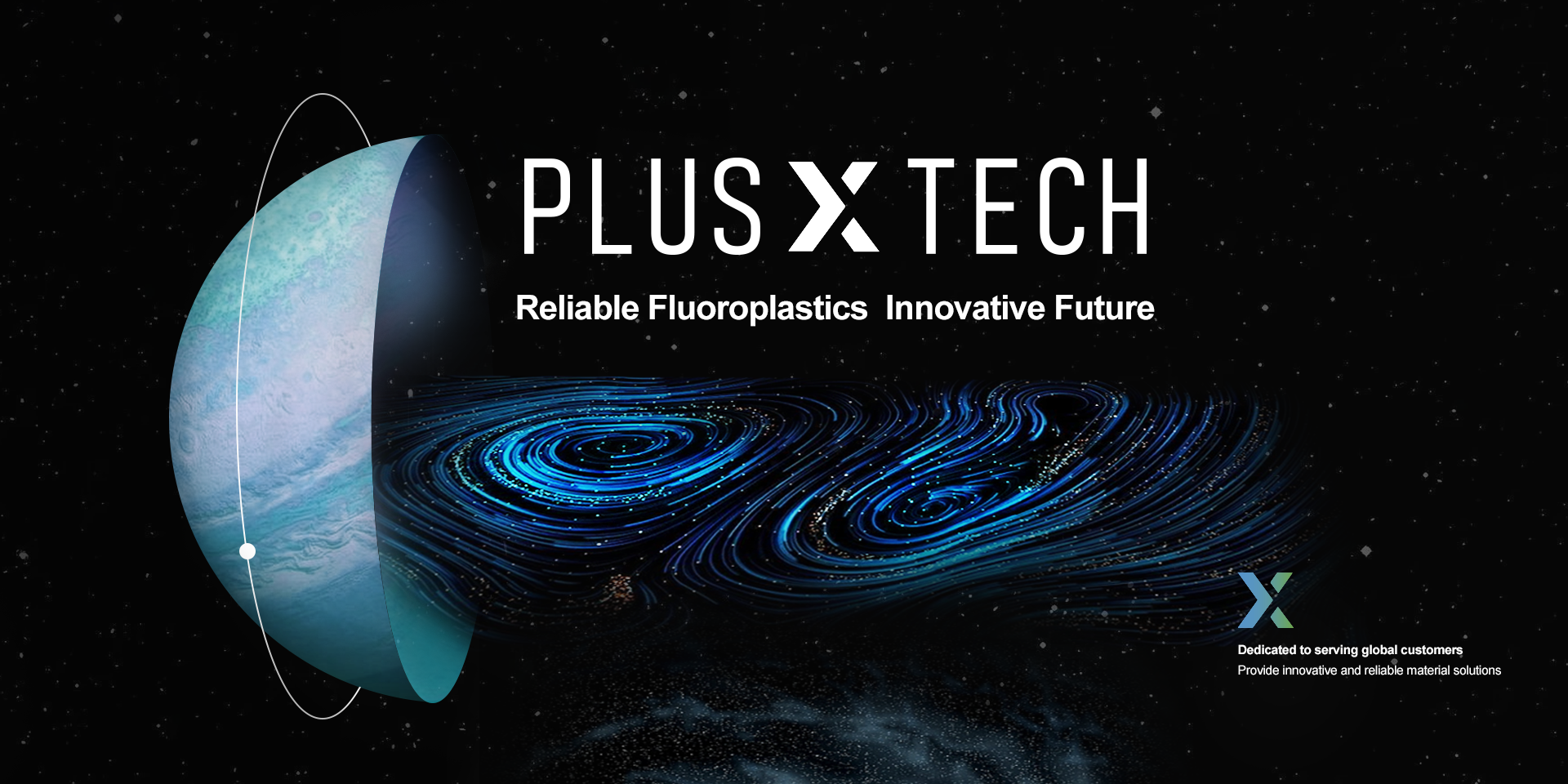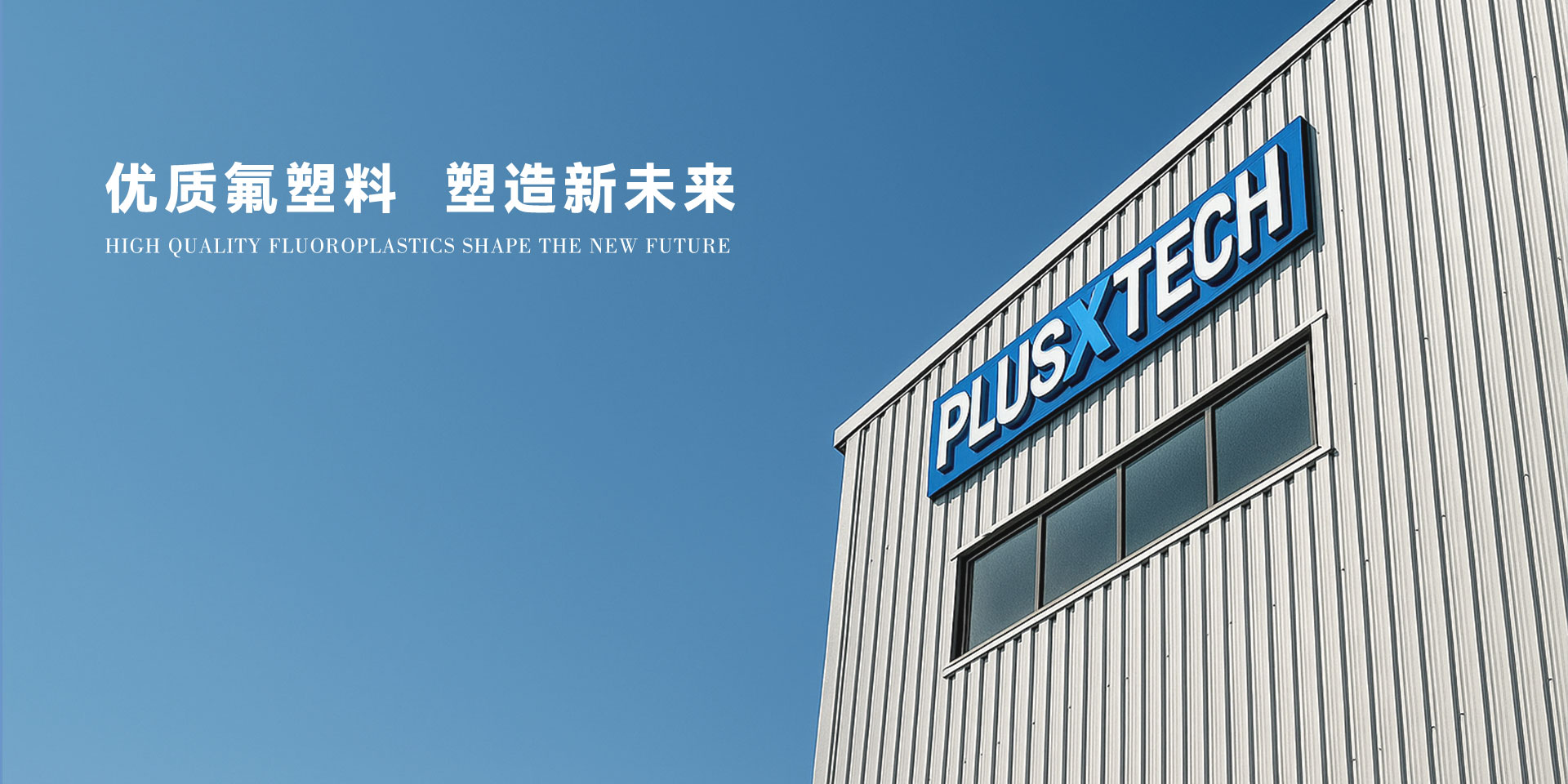In the kingdom of plastics, there is a striking family-fluoroplastics. They are known for their excellent performance and wide range of applications.
Each member of this family has his own talents, his own strengths, They are polytetrafluoroethylene (PTFE), polyperfluorinated ethylene propylene (FEP), polytrifluoroethylene chloride (PCTFE), polyvinylidene fluoride (PVDF), meltable polytetrafluoroethylene (PFA), ethylene-tetrafluoroethylene copolymer (ETFE), tetrafluoroethylene-hexafluoropropylene-vinylidene fluoride copolymer (THV), and polyfluoroethylene (PVF).
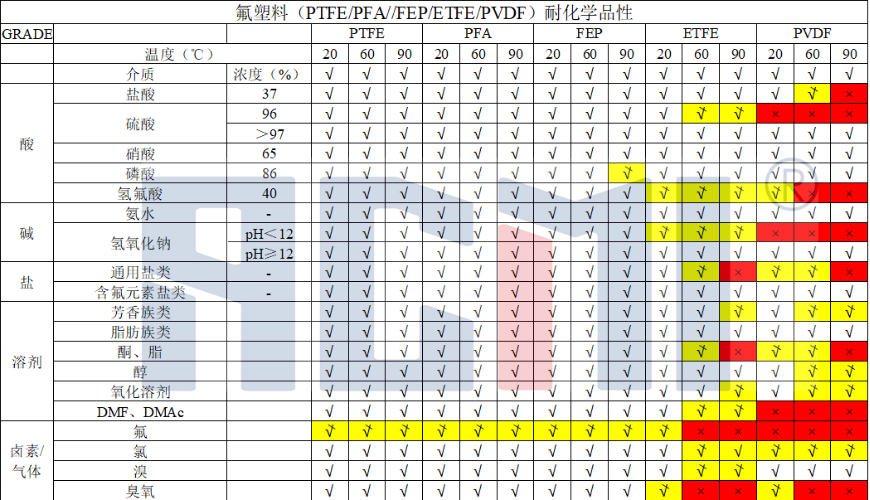
1. PTFE
PTFE is a crystalline polymer prepared by free radical polymerization of tetrafluoroethylene, melting point 327℃, melting viscosity is very large, 380℃ up to 1010Pa·s, not easy to form processing, density of 2.13 ~ 2.19 g/cubic centimeter. PTFE has excellent chemical resistance, a dielectric constant of 2.1, a low loss factor, and is stable over a wide range of temperatures and frequencies. In addition, PTFE's coefficient of friction is almost lower than any other material, with a high oxygen index (OI), limiting oxygen index (LOI) up to 95%, can prevent the spread of flame, but also has excellent weather resistance, low friction coefficient, from low temperatures to 392 ° C can be used. PTFE can be made into pellets for extrusion and molding, powders for fluidized beds and electrostatic finishes, and water dispersions. PTFE semi-finished products have film, plate, rod and single fiber, which is mainly used to make pipes and chemical equipment, drum surface layer and various wires and cables, such as aircraft hook wire, pressurization cable, alarm cable, flat cable and oil well logging cable. PTFE film has been used as a thin coating for solar collectors.

2. FEP
FEP is a crystalline polymer composed of tetrafluoroethylene and hexafluoropropylene. FEP crystals have a melting point of 304 ° C and a density of 2.15 g/cm ³. It is a soft plastic with lower tensile strength, wear resistance and creep resistance than many engineering plastics. FEP is a chemically inert material with a low dielectric constant (2.1) over a wide range of temperatures and frequencies. The material does not ignite, the oxygen index is up to 95%, can prevent the spread of flame, but also has excellent weather resistance, low friction coefficient, from low temperature to 392℃ can be used. The material can be made into pellets for molding and extrusion, the film thickness is 0.0254mm ~ 0.254mm, and it can also be made into rods and tubes.
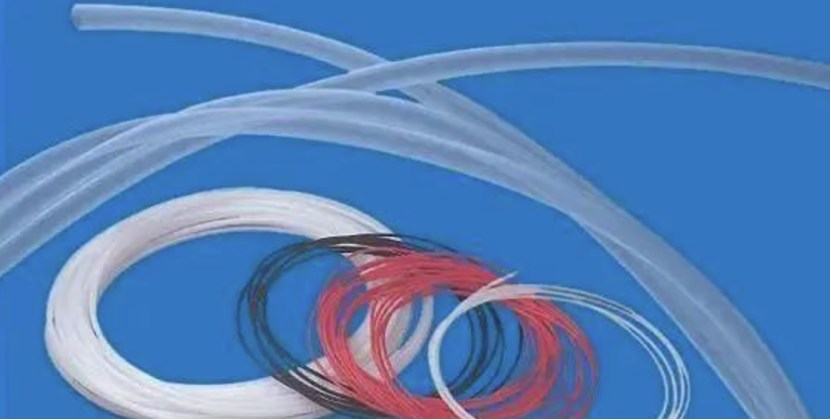
3. PCTFE
PCTFE is a linear backbone polymer of repeating units polymerized by trifluorochloroethylene free radical. PCTFE is a crystalline polymer with a melting point of 217 ° C and a density of 2.13 g/cm ³. PCTFE is inert to most active chemicals at room temperature, and can be dissolved by a few solvents above 212 ° C, and can also be swollen by some solvents. PCTFE has excellent gas barrier ability, and the water vapor permeability of its film products is the lowest in all transparent plastic films. The electrical properties of PCTFE are similar to those of other perfluoropolymers, but the dielectric constant and loss factor are slightly higher, especially at high frequencies. PCTFE can make thick (3.175mm) optical transparent parts, can be made into molded and extruded granules, made of film thickness 0.0254mm ~ 0.254mm, can also be made into rods and tubes.
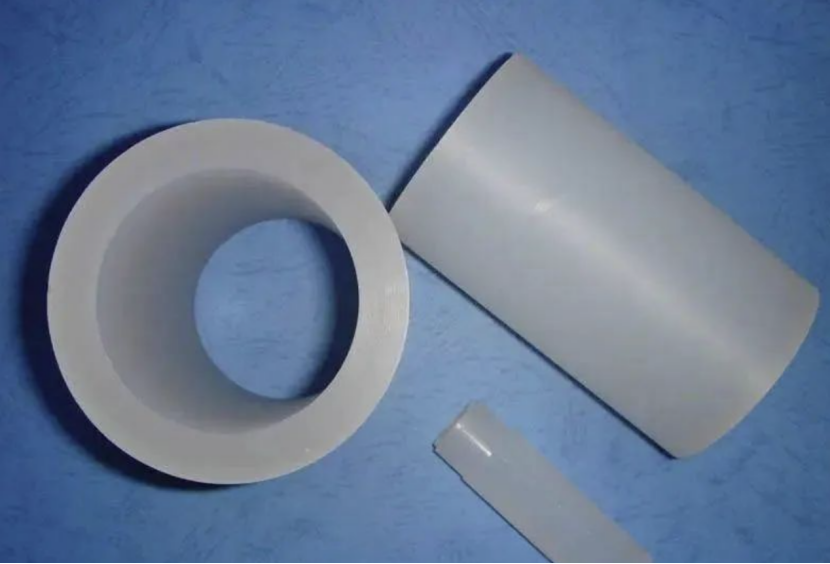
4. PVDF
PVDF refers to the homopolymer of vinylidene fluoride (VDF) or the copolymer of VDF and a small amount of fluorinated vinyl-monomer, which increases the melt bonding and decreases the viscosity of the solution, while the performance is almost unchanged compared with polytetrafluoroethylene. The long-term use temperature of PVDF is -80℃ -260 ℃, has excellent chemical resistance, is one of the lowest friction coefficient of plastics, and has good electrical properties, its electrical insulation is not affected by temperature. PVDF is suitable for the production of corrosion resistant parts, wear resistant parts, seals, insulation parts and medical equipment parts, but also for high temperature wire, cable insulation, anti-corrosion equipment, sealing materials, pump valve bushings and chemical containers.
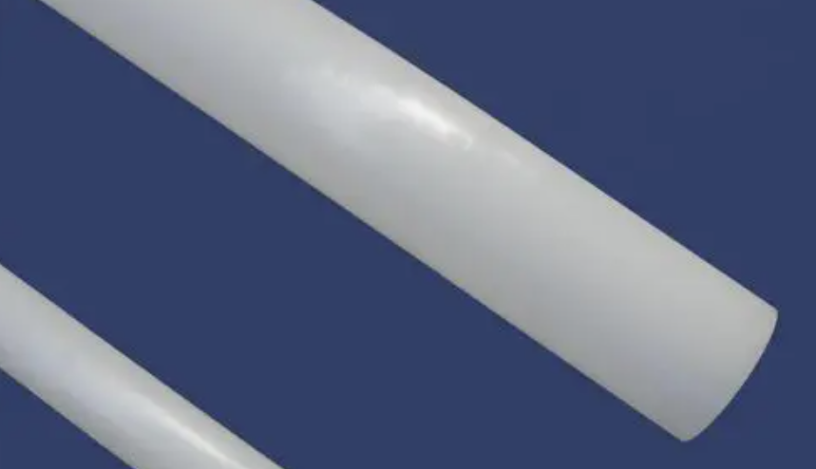
5. ETFE
ETFE is the strongest fluorine plastic, while maintaining the good heat resistance, chemical resistance and electrical insulation properties of polytetrafluoroethylene, its radiation resistance and mechanical properties have been greatly improved, the tensile strength can reach 50MPa, close to twice of polytetrafluoroethylene, more importantly, its processing properties can be greatly improved. In particular, its adhesion to the metal surface is outstanding, so that the tight lining process of fluorine plastics and steel can be truly realized.
ETFE also has excellent optical transparency and low refractive index, which can allow the penetration of all frequencies of light from ultraviolet to infrared, and is ideal for plastic optical fiber coating due to its low refractive index and high flexibility. In addition, ETFE fluoroplastics have excellent chemical resistance and excellent penetration resistance to many corrosive chemicals. In addition, ETFE is easy to bond, and it is also easy to bond with other materials, and it can be bonded well with other materials without surface treatment. Its good solubility can be achieved by adding chemical reagents to achieve chemical foaming and other characteristics.
Due to its many excellent properties, new uses of ETFE are constantly being developed, such as fuel control, safety glass, wire and cable, blow molding products, light control and so on. With scientific progress and development, ETFE has a wide range of applications, and has begun to be applied to solar cell membranes, building membranes, flexible chemical storage tank pipelines, chemical reaction pipelines and transmission pipelines with corrosive liquid flow, flexible polymer hoses and containers for special fields.

6. PFA
PFA is a copolymer of ethylene and tetrafluoroethylene, with good heat resistance, chemical resistance, oxidation resistance and electrical insulation properties of polytetrafluoroethylene, and has good processing properties. PFA can produce corrosion resistant parts, wear resistant parts, seals, insulation parts and medical equipment parts, but also can be used for high temperature wire, cable insulation, anti-corrosion equipment, sealing materials, pump valve bushings and chemical containers.

The above is the introduction of several main products and their advantages in the fluorine plastics family. These fluoroplastics have a wide range of application prospects in their respective fields, bringing convenience to our lives and industrial production.
With the continuous development of science and technology, it is believed that there will be more new fluoroplastic products in the future, bringing more possibilities to our lives and industrial production.

